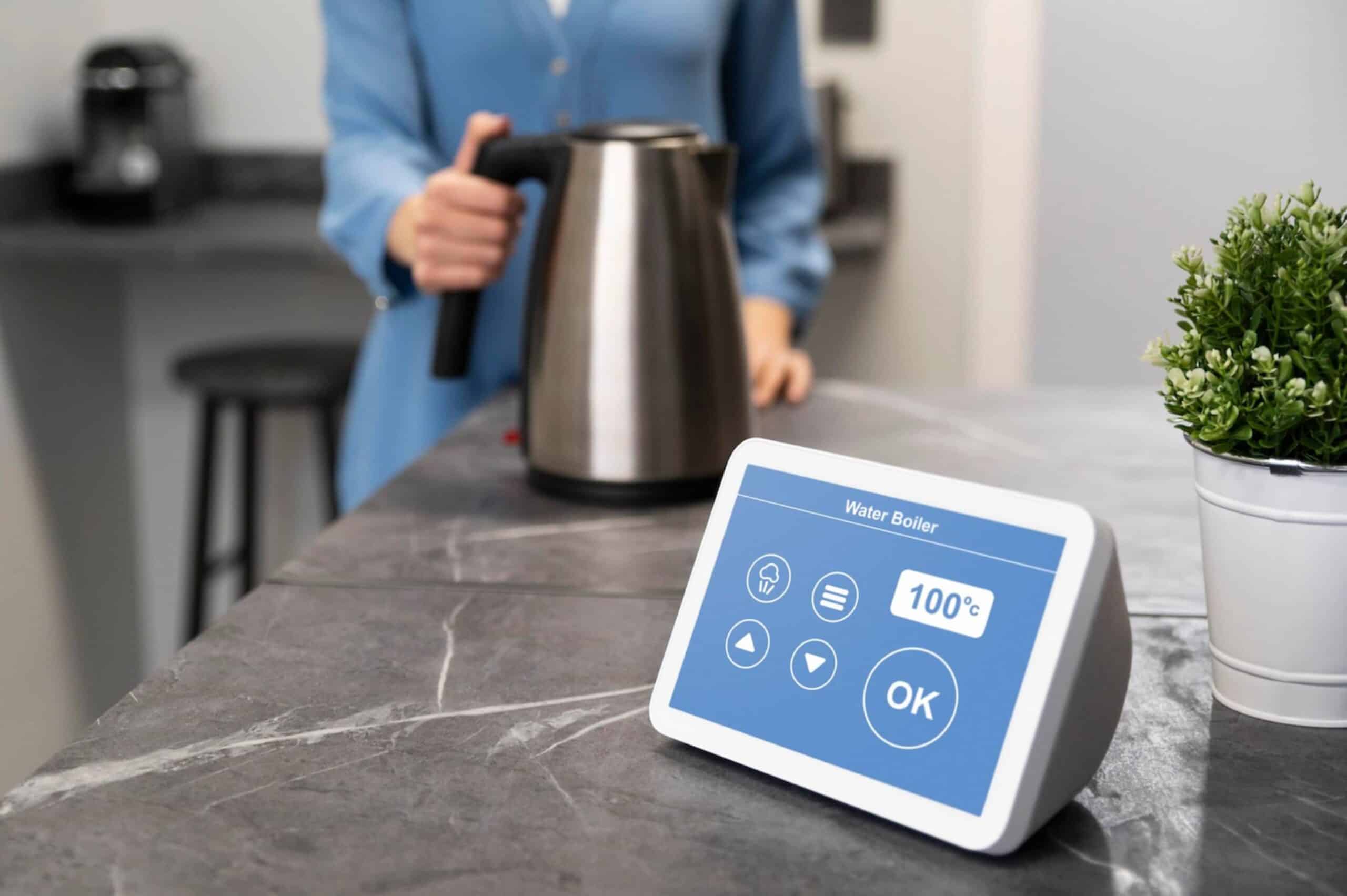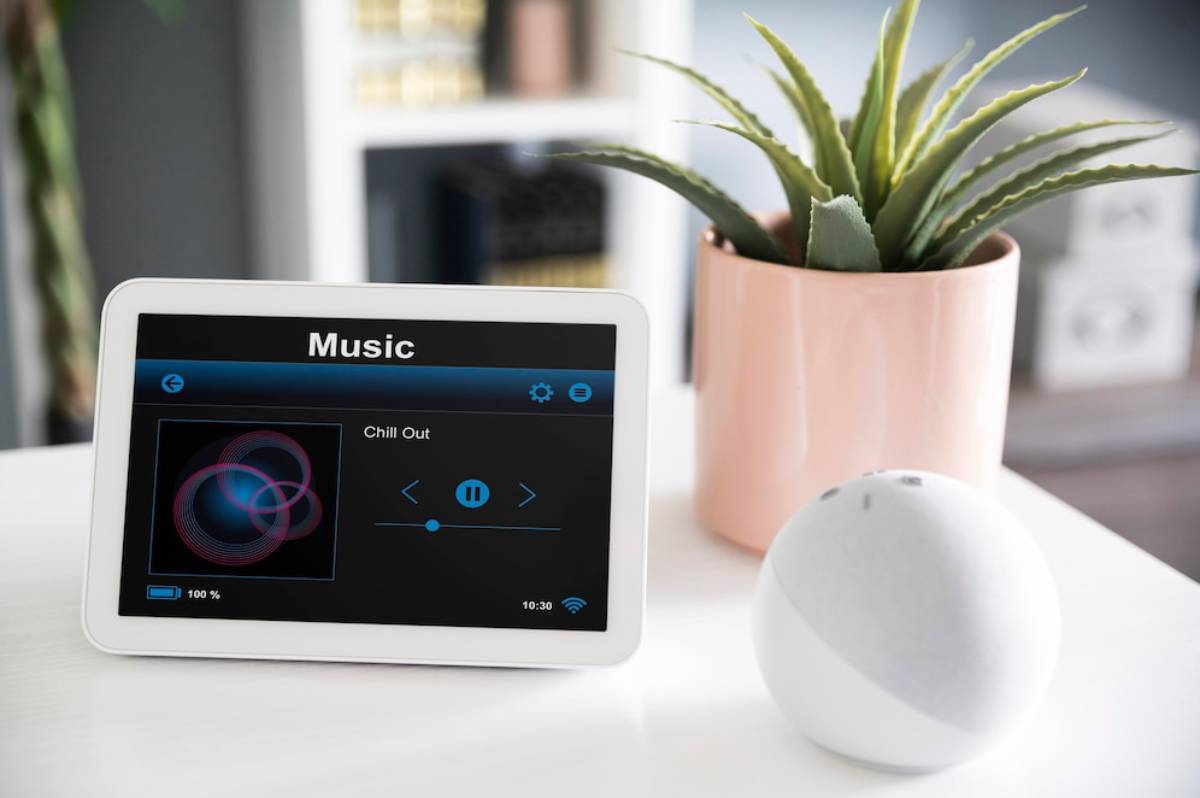
How to Troubleshoot Common Smart Home Connectivity Issues
Smart homes are brilliant—until they stop responding.
Whether your lights won’t turn on via voice command or your security camera has vanished from the app, connectivity problems can undermine the convenience of your smart home. But don’t panic. Most issues have straightforward solutions.
This guide walks you through smart home troubleshooting steps to help you quickly identify and fix smart devices that have gone offline, aren’t syncing, or have suddenly stopped working as expected.
Pro Tip:
Start with the simplest fixes first—like restarting your router or device—before diving into deeper network settings.
Quick Guide: Fixing Smart Device Connectivity Issues
- Restart the device, app, and router before making changes.
- Check Wi-Fi strength and confirm the device is on the correct network.
- Update firmware, apps, and router software regularly.
Important:
Even minor changes to your network name, router settings, or app permissions can cause widespread smart home issues. Always document any system tweaks you make.
Step-by-Step Guide to Troubleshooting Smart Home Connectivity Issues
Step 1: Check Your Internet Connection

Before blaming a smart device, confirm your internet is working as expected.
Quick Checks:
- Open a browser or streaming app to confirm Wi-Fi access
- Run a speed test (look for at least 20 Mbps for smooth operation)
- Reboot your modem and router by unplugging them for 30 seconds
Tip: If your internet is fine but devices are still offline, move to the next step.
Step 2: Restart the Smart Device
Many issues are resolved with a simple restart.
Steps:
- Power cycle the device (unplug it or remove batteries, then reconnect)
- Restart the companion app and your smartphone or tablet
- Check whether the device reconnects automatically or needs pairing again
Note: For battery-powered devices like sensors, try removing and reinserting the batteries.
Step 3: Verify Wi-Fi Signal Strength and Location
Smart devices, especially those further from your router, often disconnect due to weak signals.
What to Check:
- Is the device within 10–15 metres of your router or mesh point?
- Are there walls, appliances, or metal objects blocking the signal?
- Does the device support 2.4GHz or 5GHz, and is it on the right frequency?
Tip: 2.4GHz offers better range for smart devices, but some may not support 5GHz at all.
Step 4: Confirm You’re on the Correct Network
Devices often drop connection if your network changes.
Steps:
- Make sure your phone and smart device are connected to the same Wi-Fi network during setup
- Avoid networks with special characters or long names, which some devices struggle with
- Disable “Smart Connect” temporarily if your router auto-merges 2.4GHz and 5GHz bands
Pro Tip: Don’t change your Wi-Fi name or password unless necessary—it means re-pairing every device.
Step 5: Update Firmware and Companion Apps
Outdated software can lead to sudden disconnections or incompatibilities.
Update Regularly:
- Smart device firmware (via its app)
- Router firmware (check the manufacturer’s app or web portal)
- Companion apps (Google Home, Alexa, SmartThings, etc.)
- Your phone’s OS if it’s used for control or automation
Set apps to auto-update where possible to avoid missing crucial fixes.
Step 6: Reboot and Re-pair the Device If Needed
If your device won’t reconnect:
Try This:
- Remove the device from the app or platform (e.g. Google Home)
- Reset the device using the manufacturer’s reset method (often a long button press)
- Re-add the device using your ecosystem’s setup wizard
Keep device manuals or support links handy for model-specific reset instructions.
Step 7: Check for Interference or Overloaded Networks
Too many connected devices can overwhelm your network.
What to Look For:
- Laggy response times or offline devices during peak hours
- Wi-Fi congestion in apartment blocks or shared spaces
- Network caps on your router (some routers limit devices to 30–50 connections)
Solutions:
- Use a mesh Wi-Fi system to balance traffic
- Upgrade to a dual- or tri-band router
- Segment your network with a guest/IoT network just for smart devices
Tools and Apps That Help Troubleshoot Faster
- Fing or NetSpot: Scan devices and signal strength on your network
- Router companion apps: E.g. TP-Link Deco, ASUS Router, Google Home
- Smart ecosystem dashboards: Alexa or Google Home show device status in one view
- IFTTT/Webhooks logs: Check for routine failures or missed triggers
- Manufacturer’s support sites: Often list step-by-step connectivity fixes
Frequently Asked Questions (FAQs)

1. Why does my smart device randomly go offline?
Likely causes include Wi-Fi signal drops, router rebooting, firmware bugs, or too many connected devices. Run through the basic steps first.
2. What’s the difference between 2.4GHz and 5GHz Wi-Fi for smart homes?
2.4GHz travels further and is more stable for smart devices. 5 GHz is faster but has a shorter range. Most smart home gear prefers 2.4GHz.
3. Why won’t my device reconnect after changing routers?
Because each device was paired to your old network name and password, you’ll need to reset and re-pair each one to the new network.
4. Can a mesh network fix smart home connectivity problems?
Yes—mesh systems provide stronger, more evenly distributed Wi-Fi across larger homes, eliminating dead zones where smart devices often drop off.
5. Should I use static IP addresses for my smart devices?
For advanced setups, yes. Assigning static IPs can reduce connection drops and make troubleshooting easier—but it’s optional for most users.
Final Word: When in Doubt, Reset and Reconnect
Smart home troubleshooting doesn’t have to be daunting. Most connectivity problems are caused by signal issues, outdated firmware, or network changes, and they’re fixable with a few methodical steps.
Whether you’re looking to fix smart devices that won’t stay online or streamline your setup for fewer disruptions, this guide gives you the tools to take control of your connected home with confidence.
With a little patience, some strategic testing, and regular maintenance, your smart home will be back online and running better than ever.


